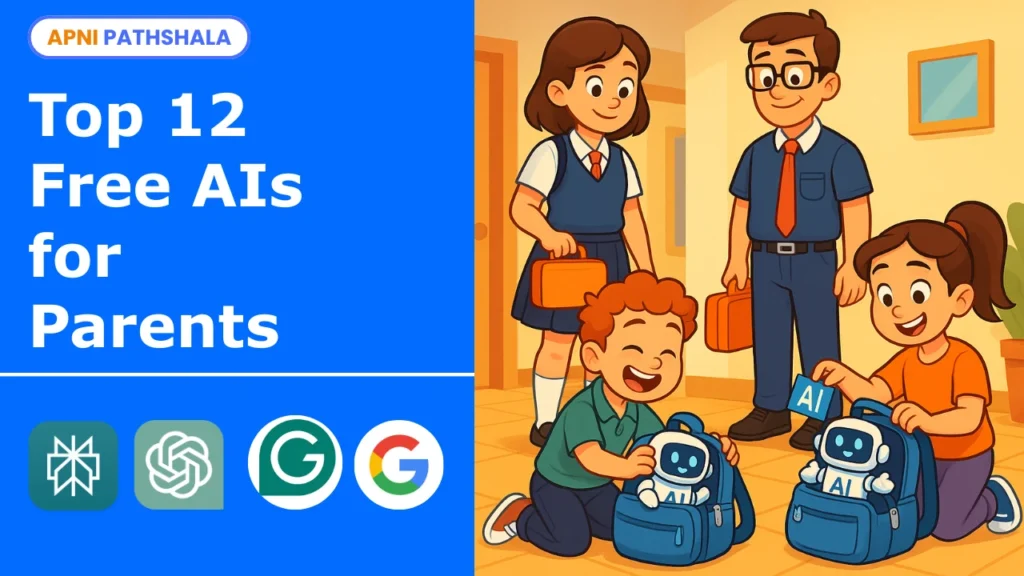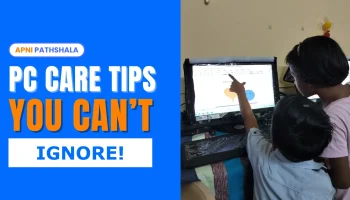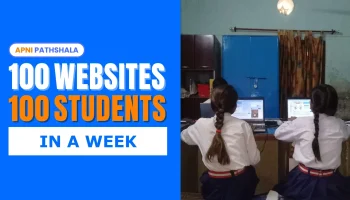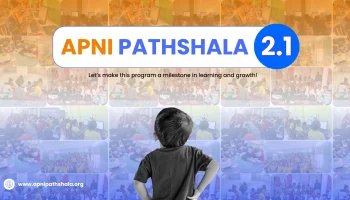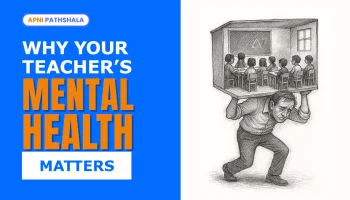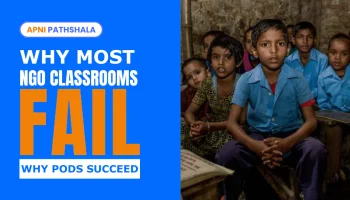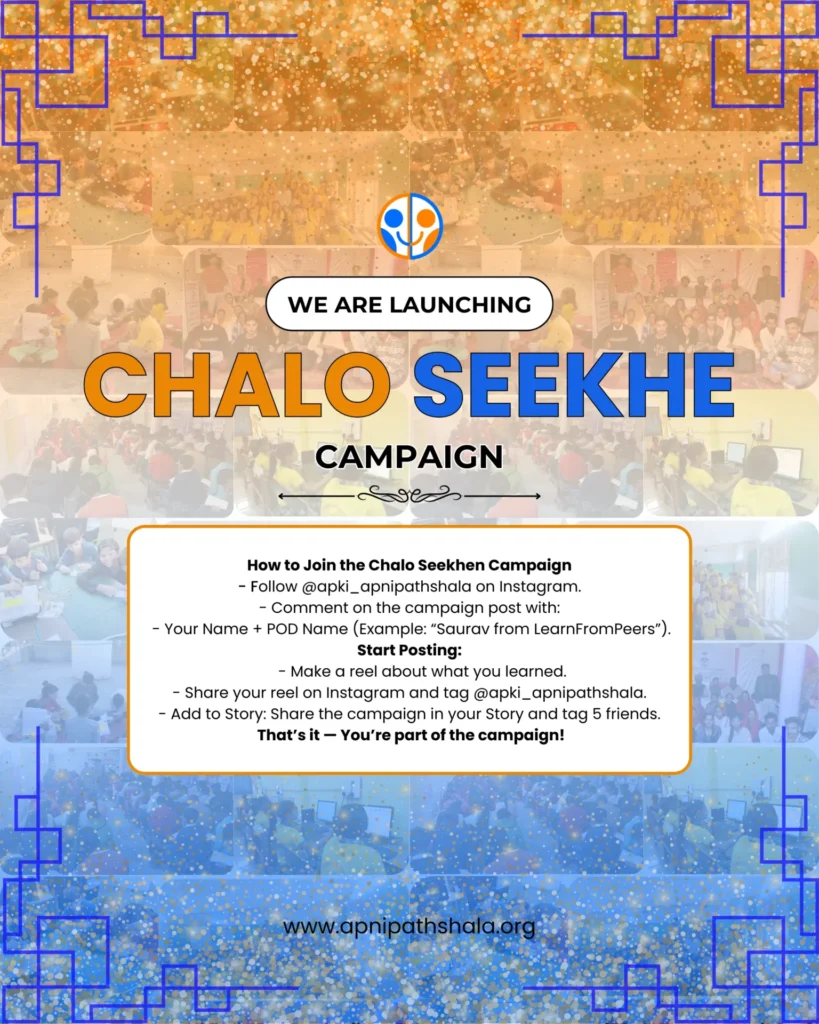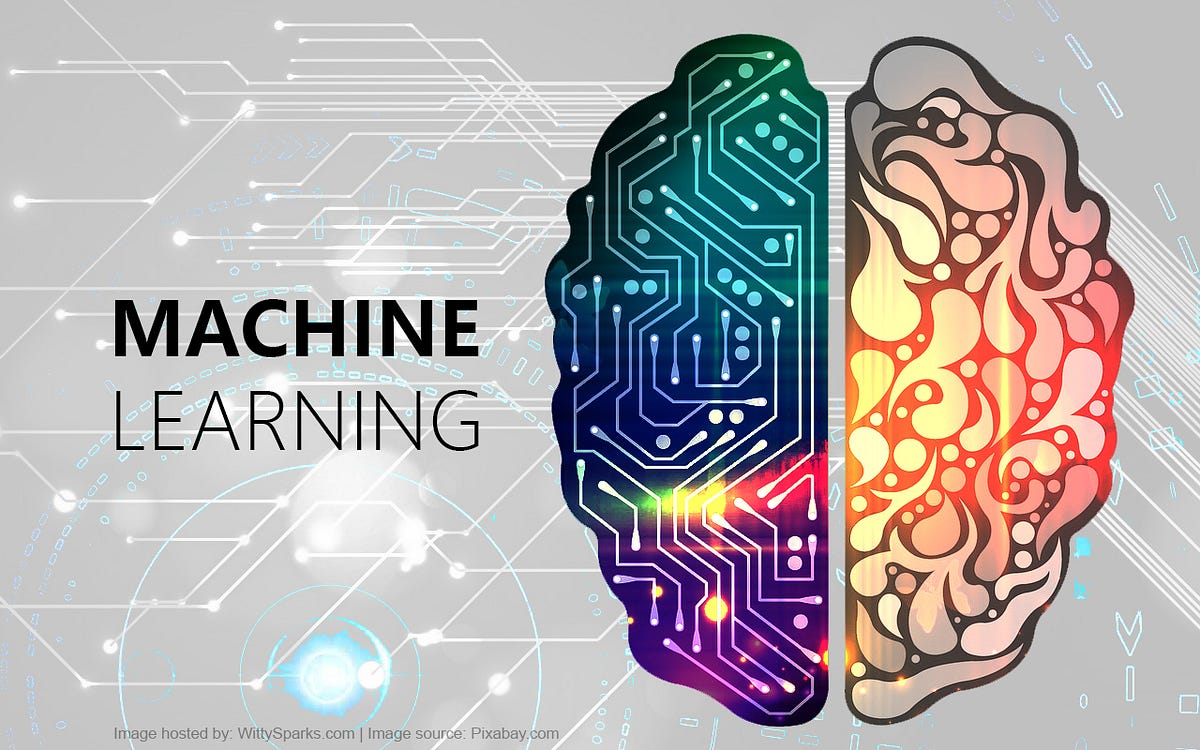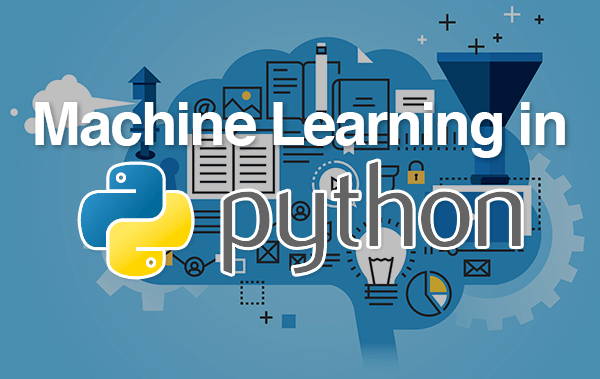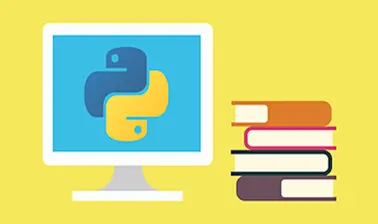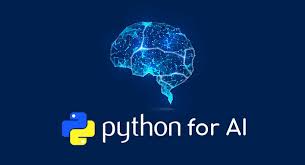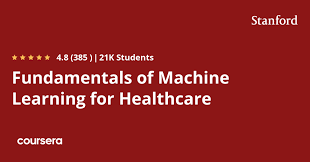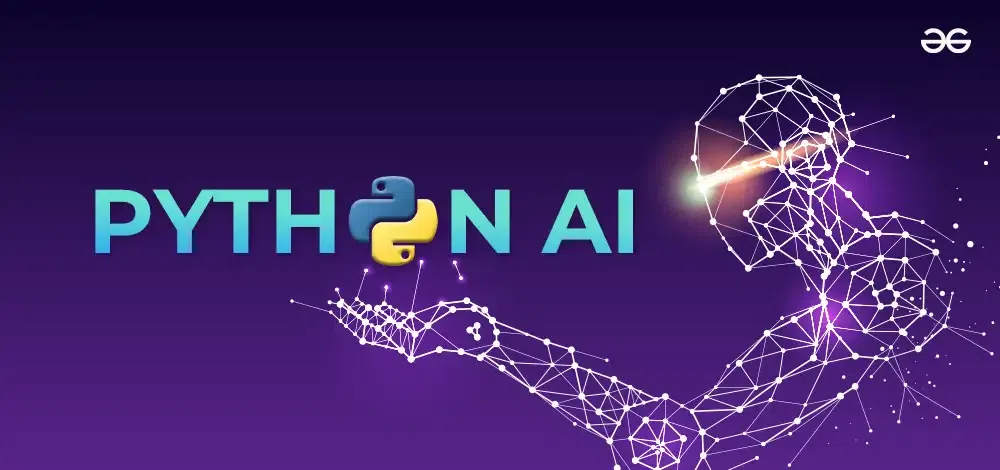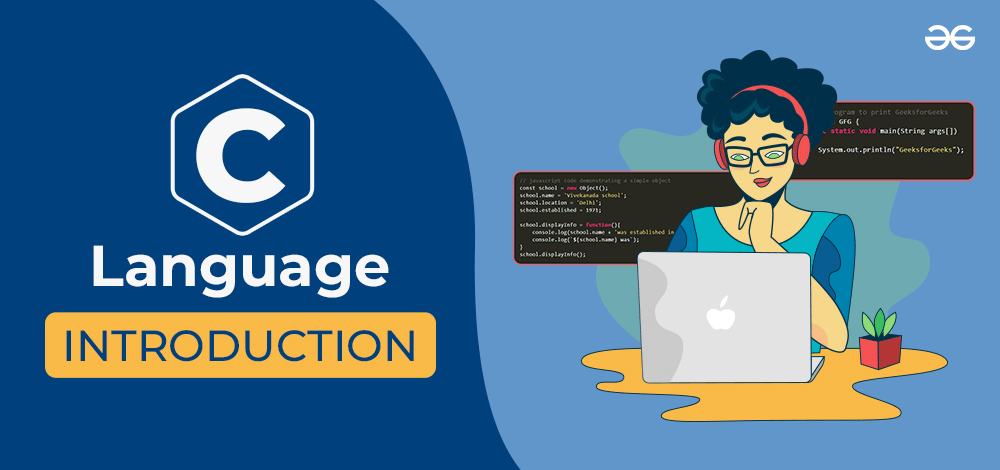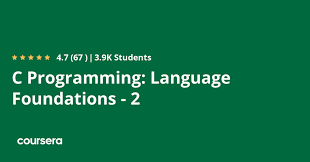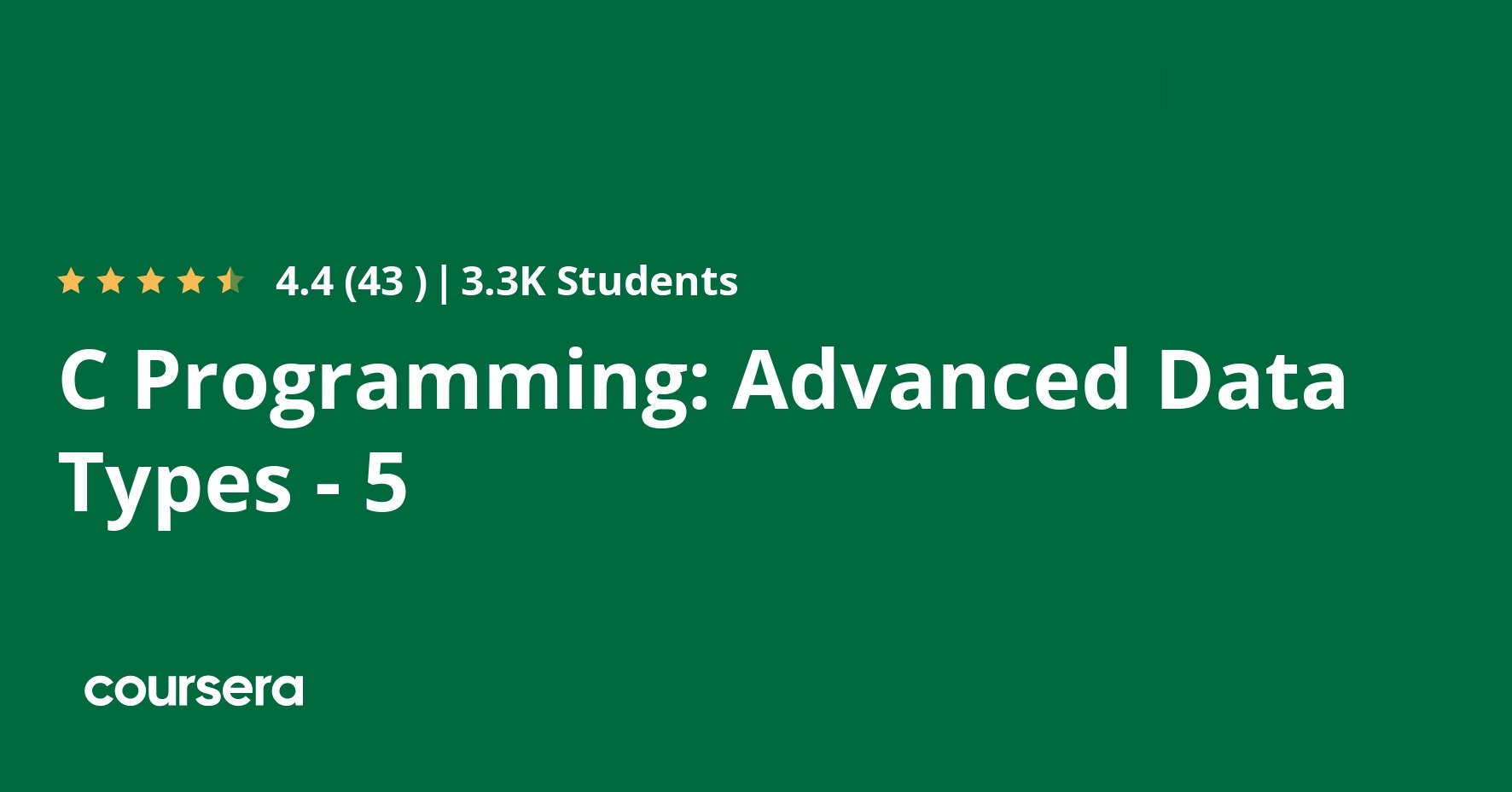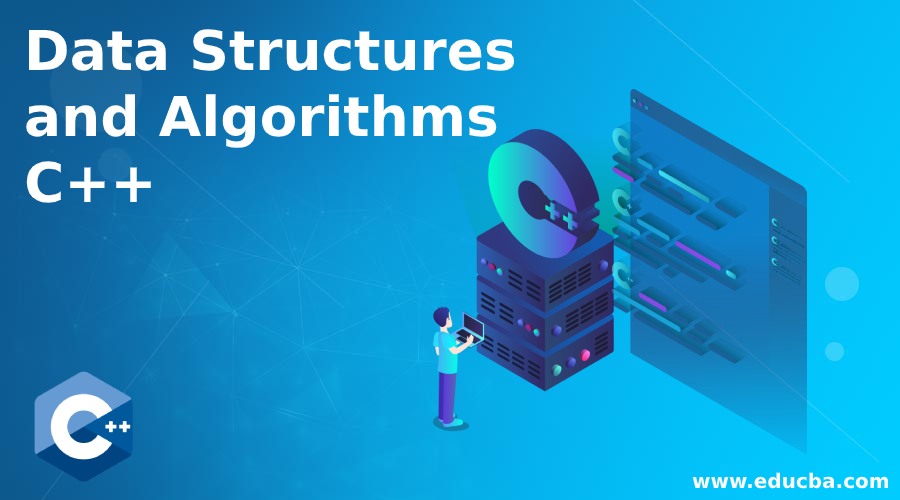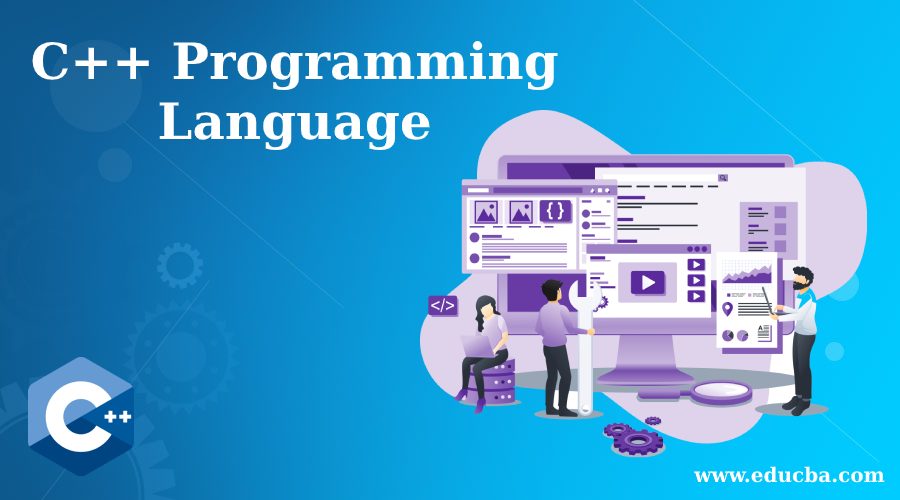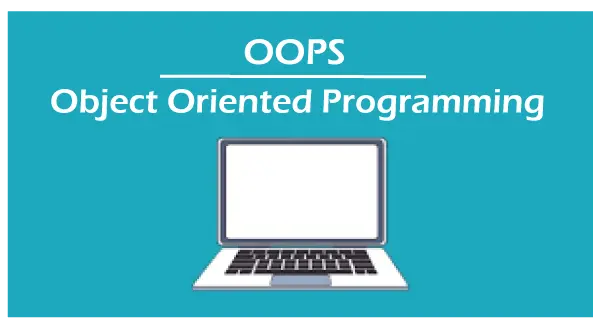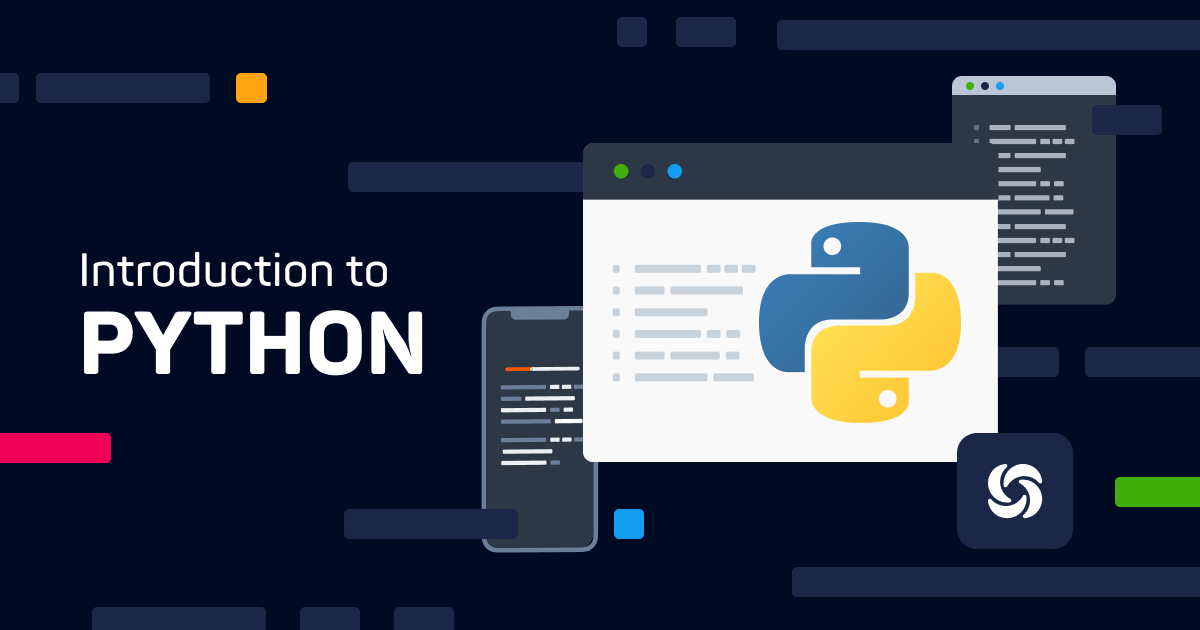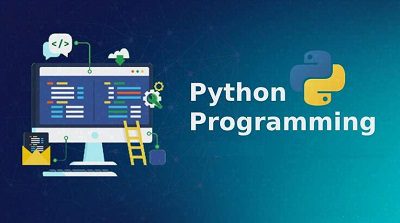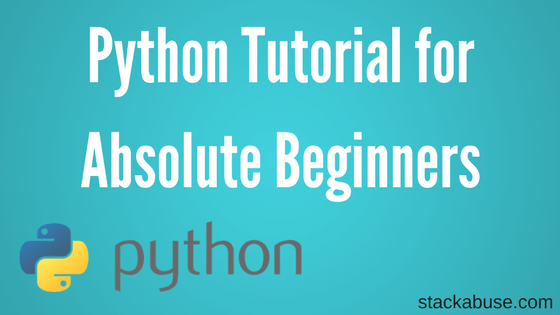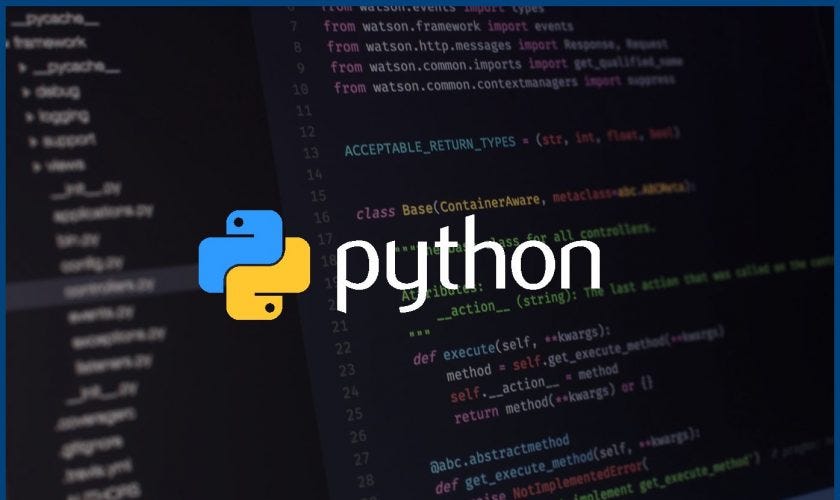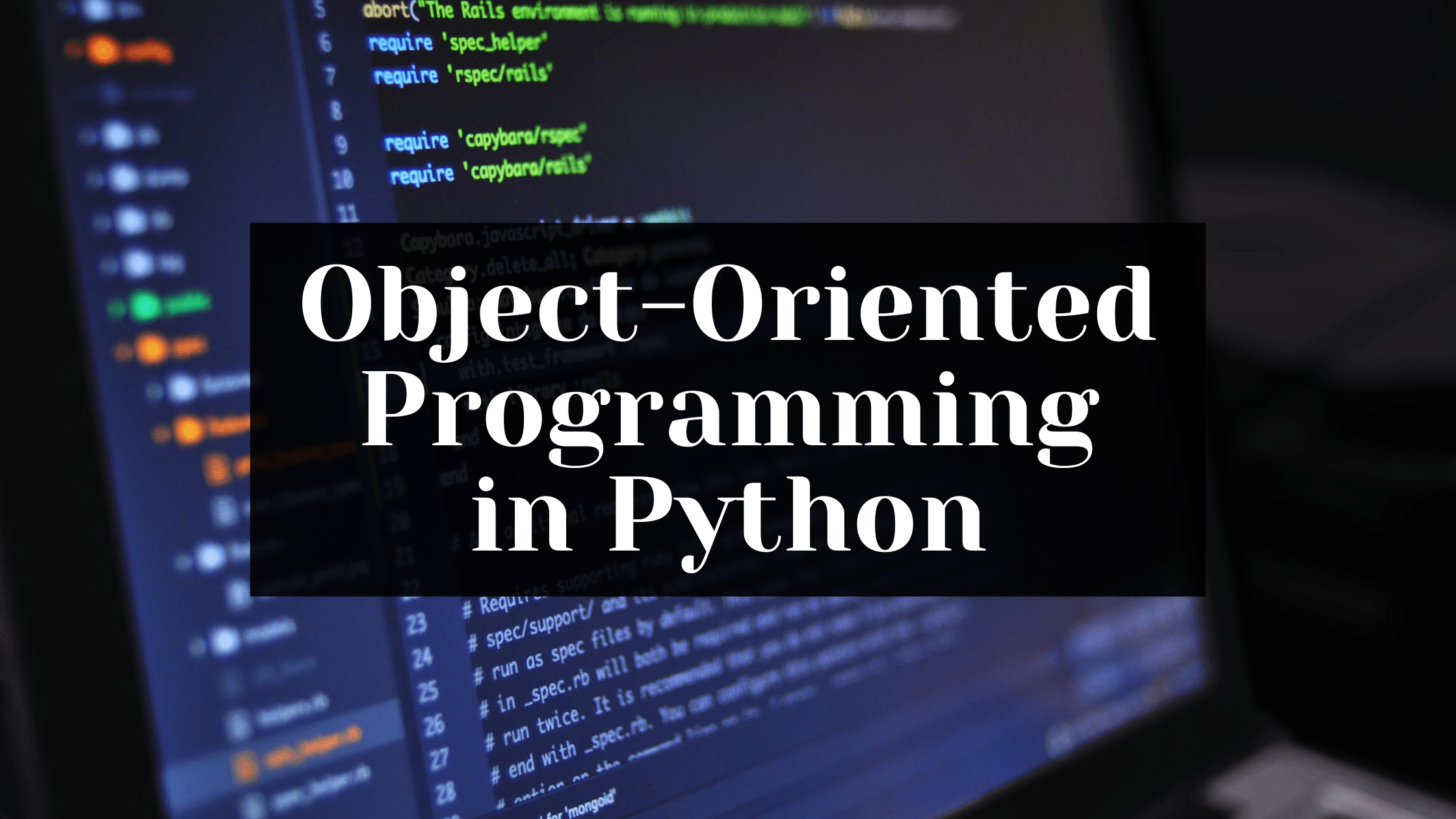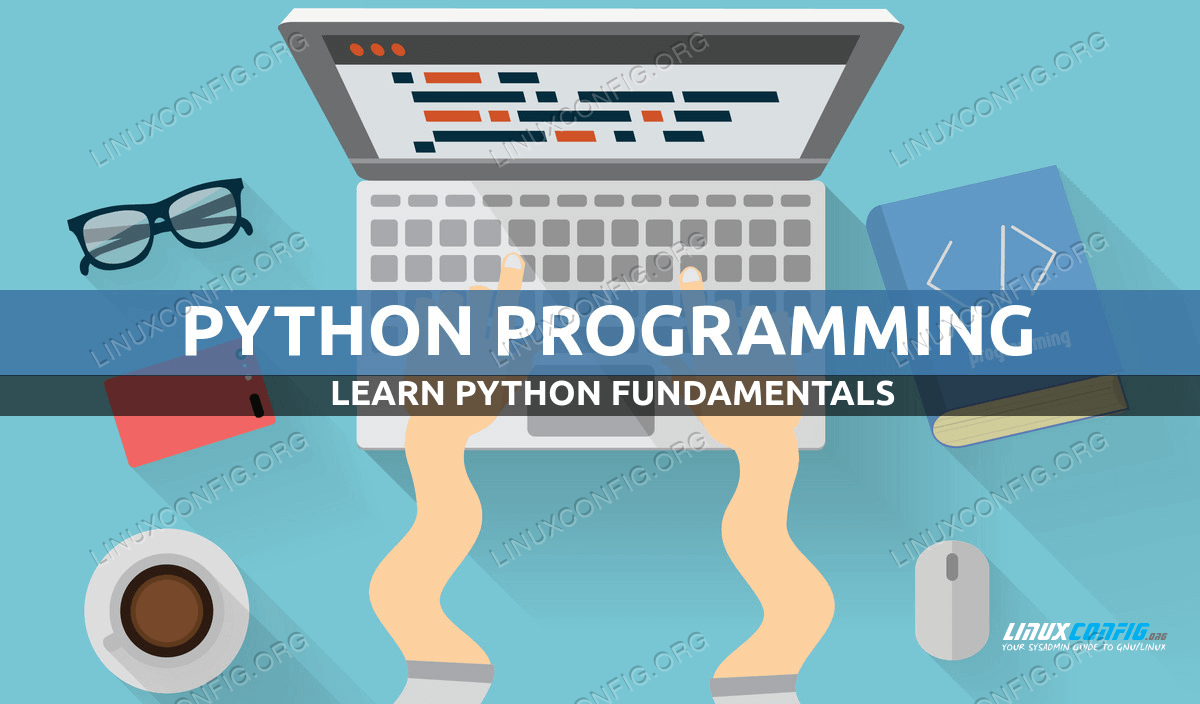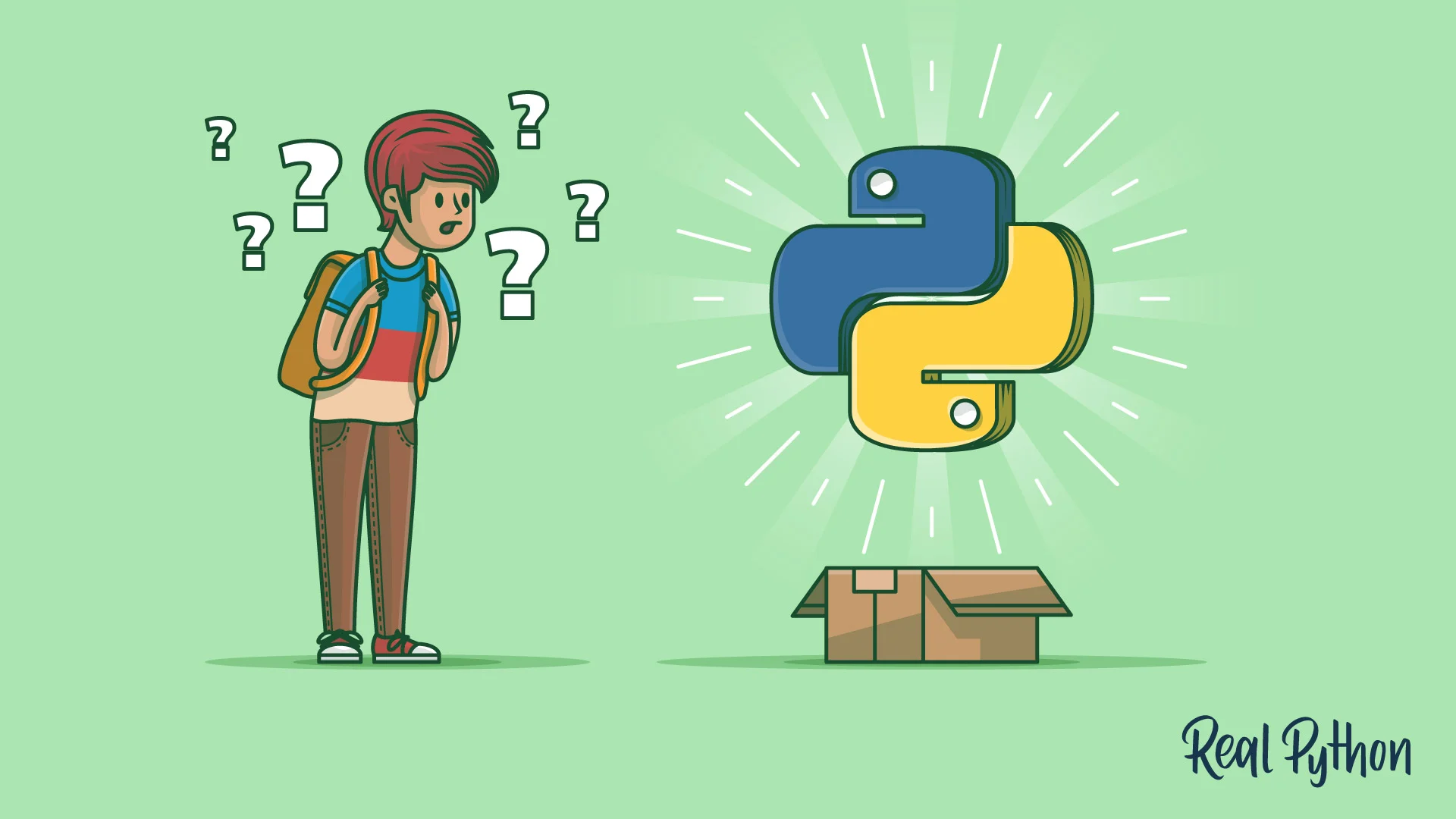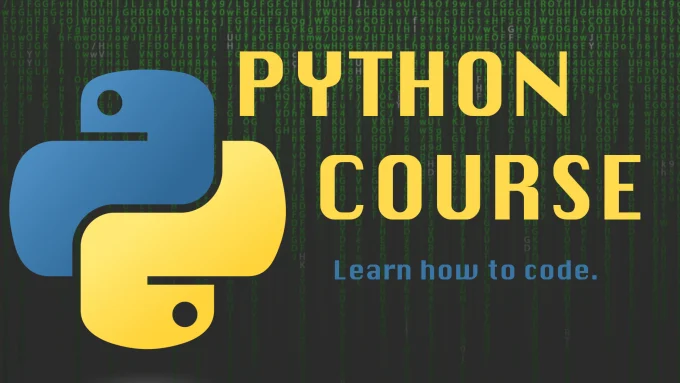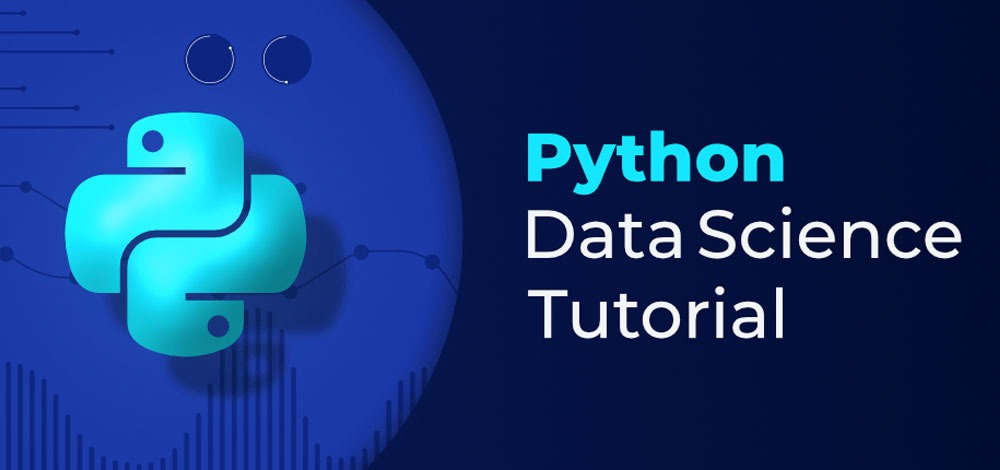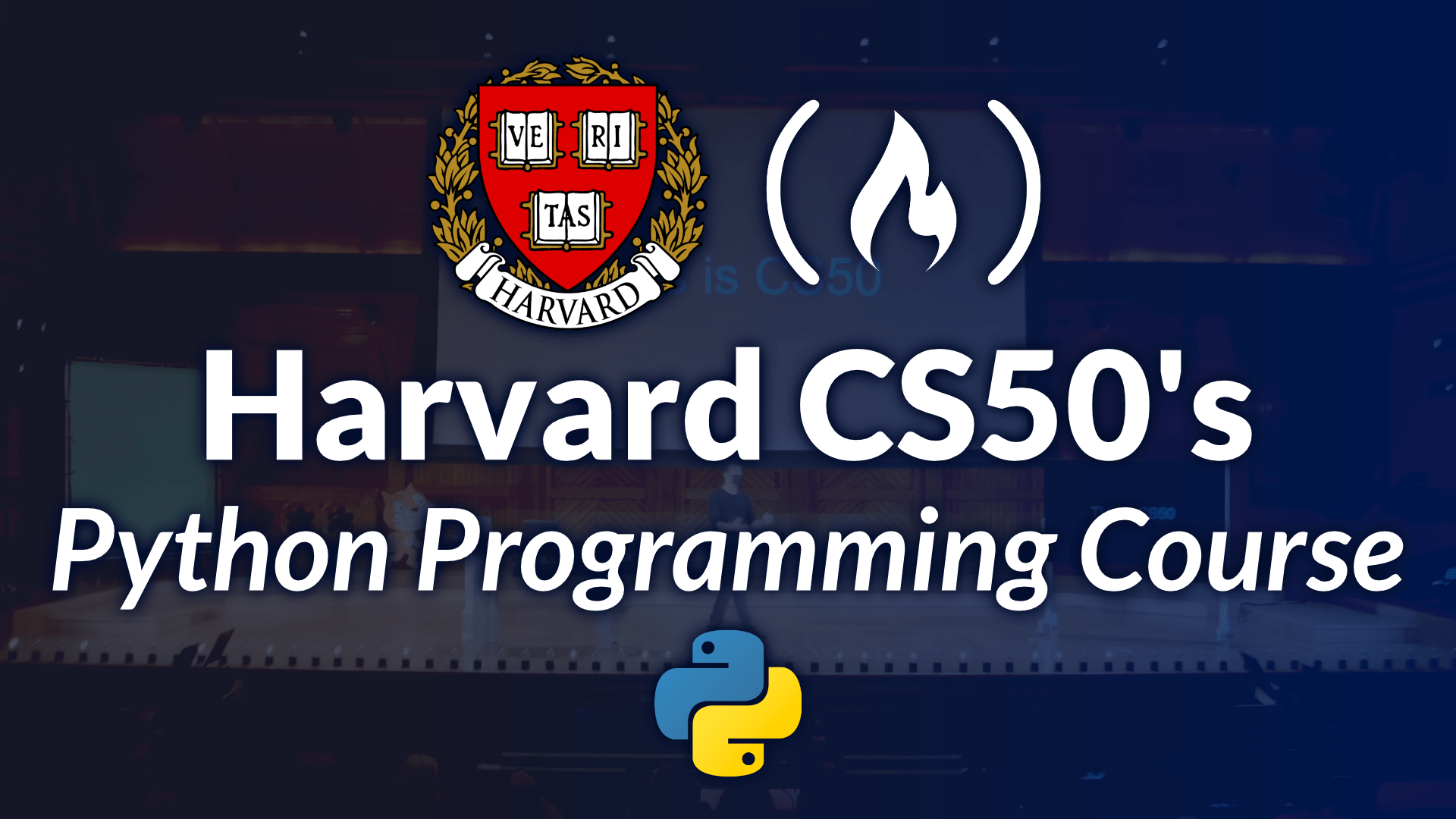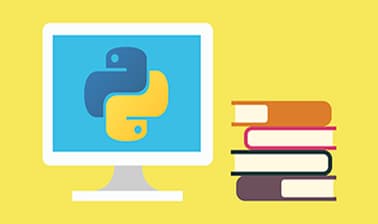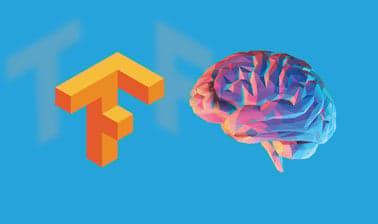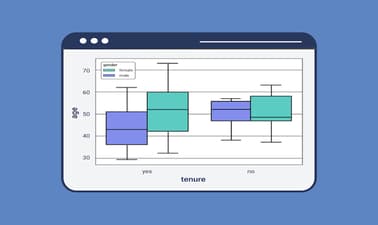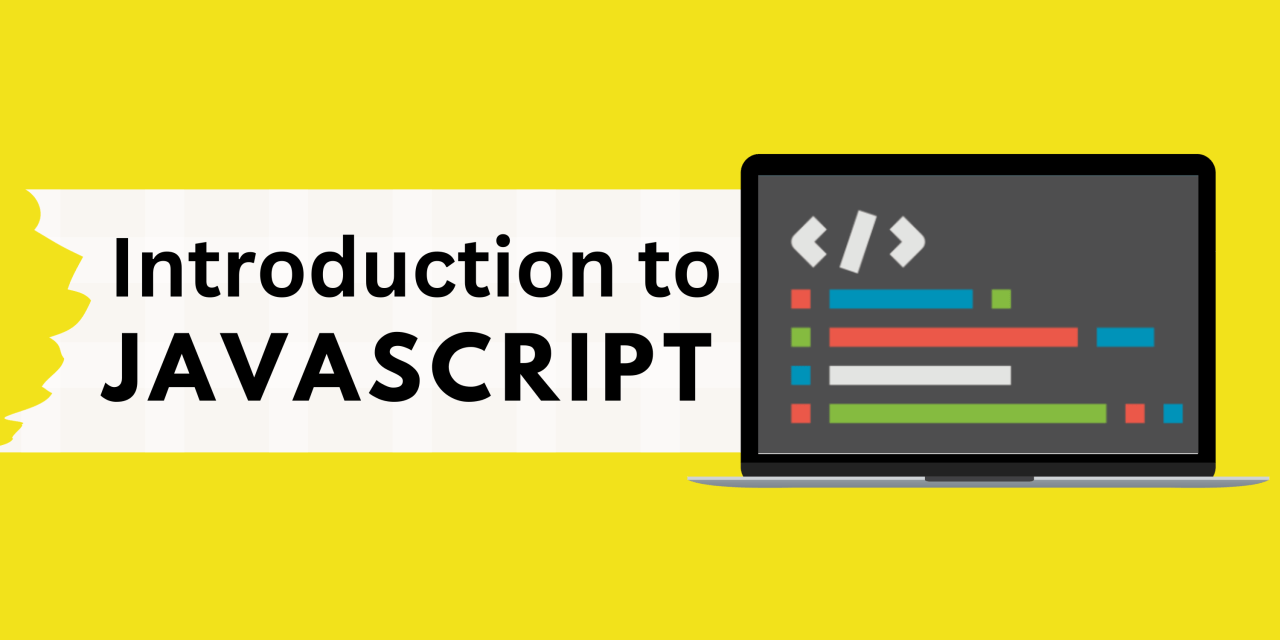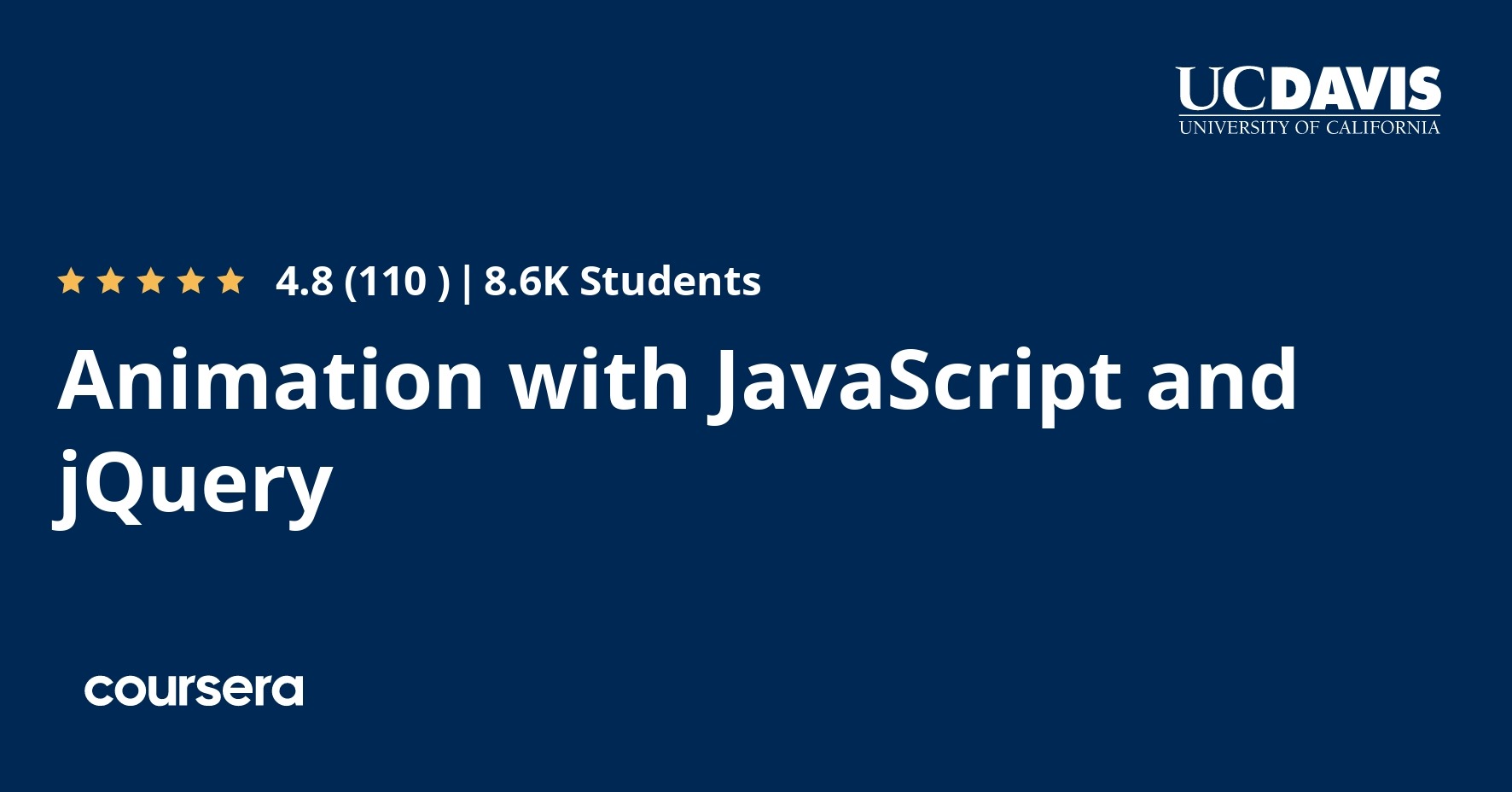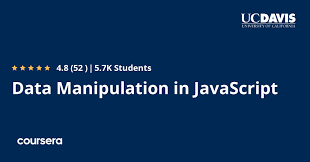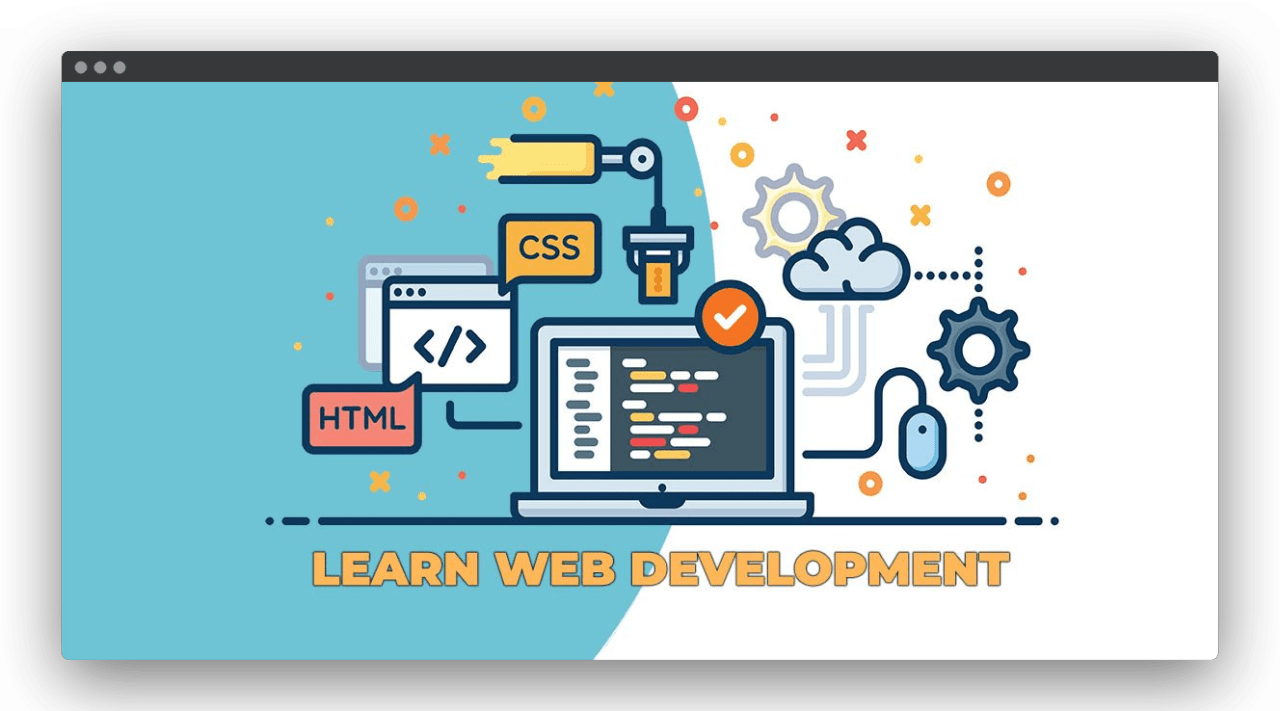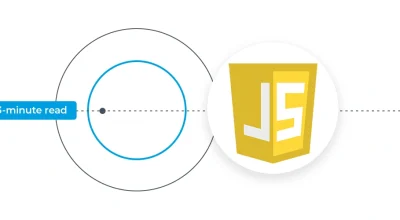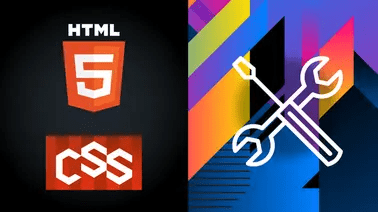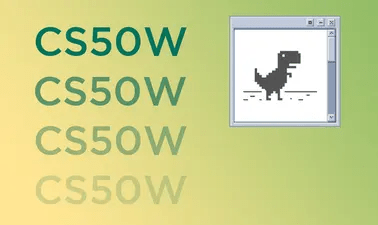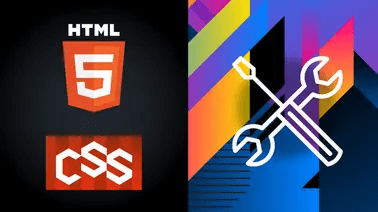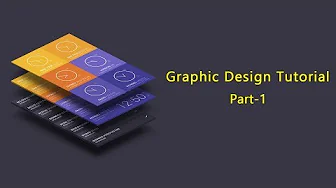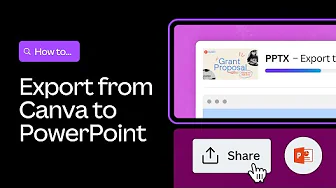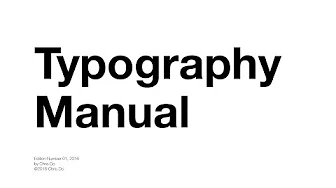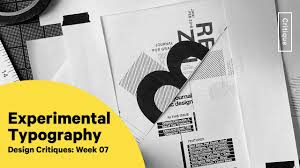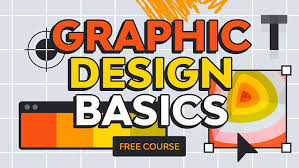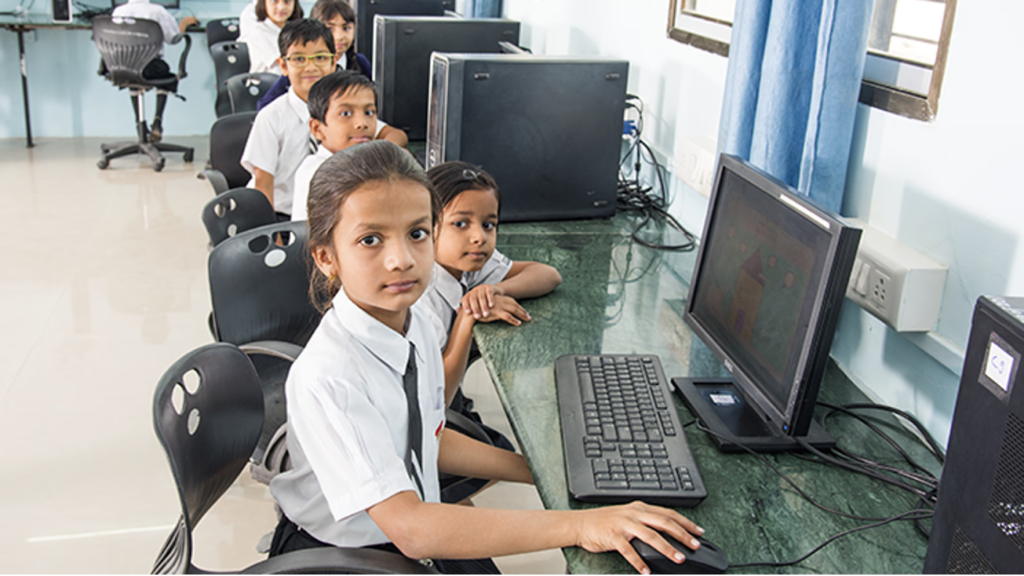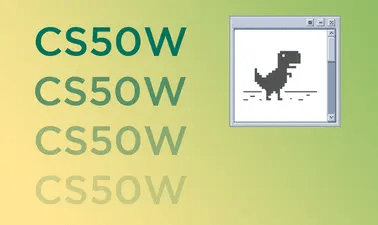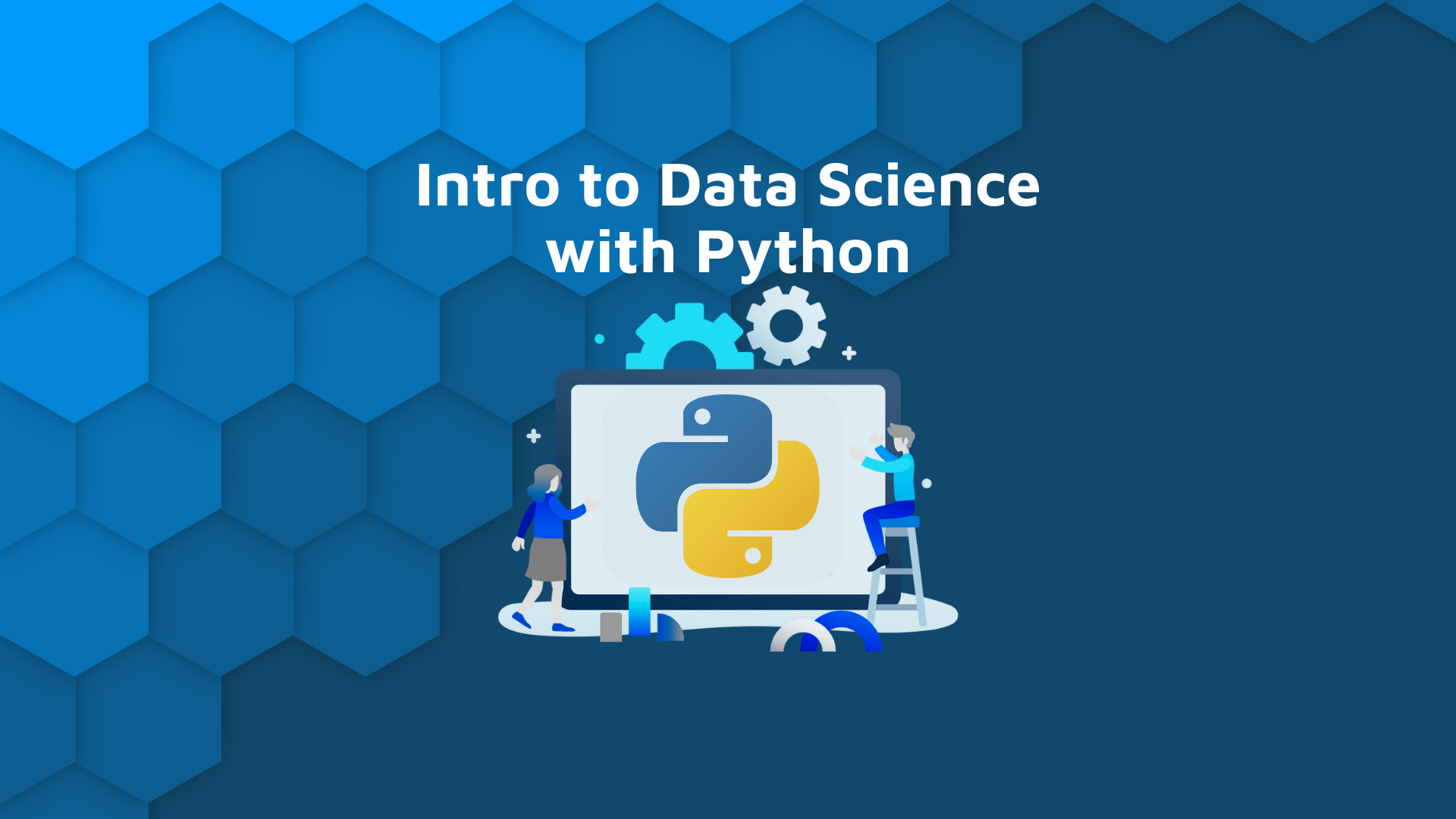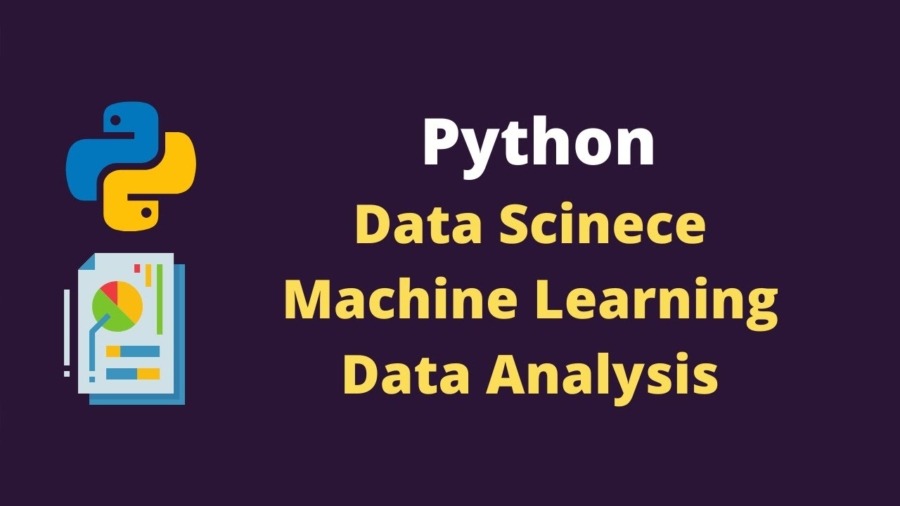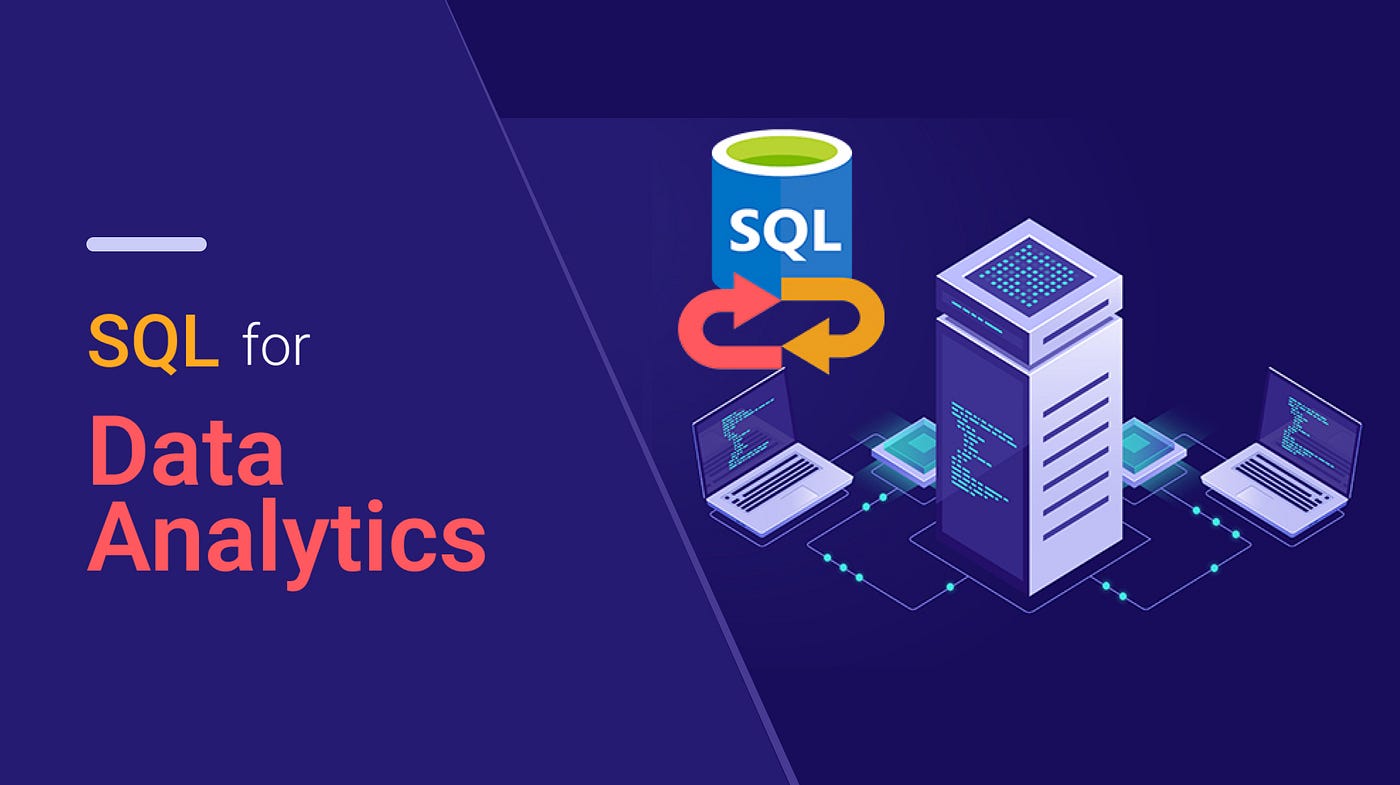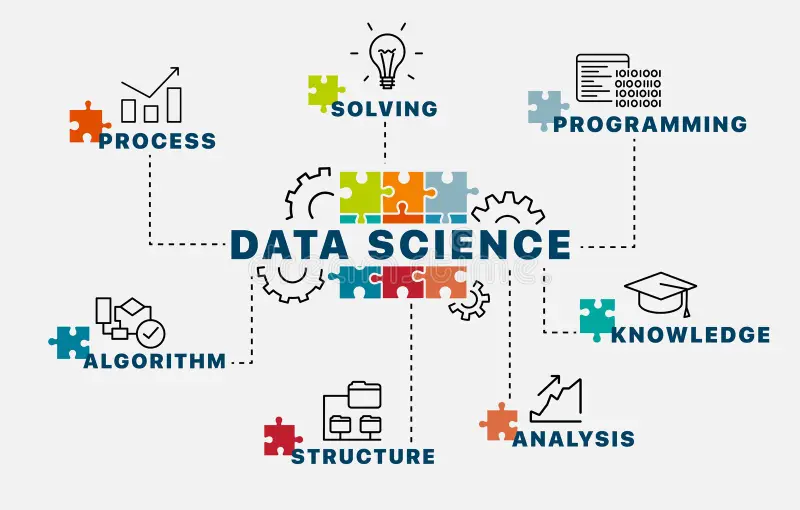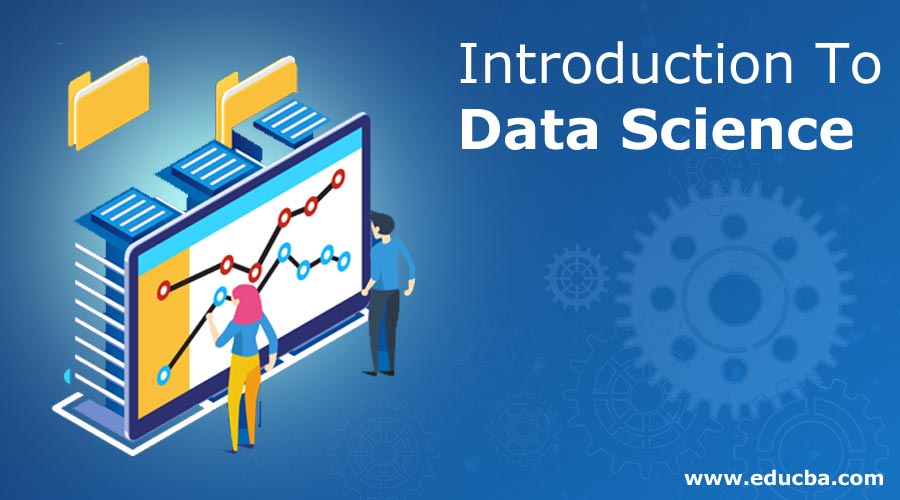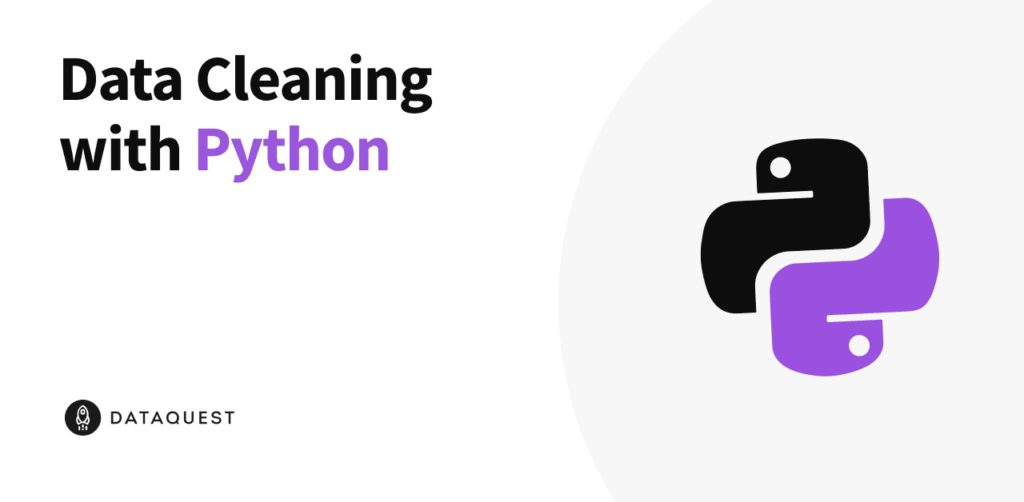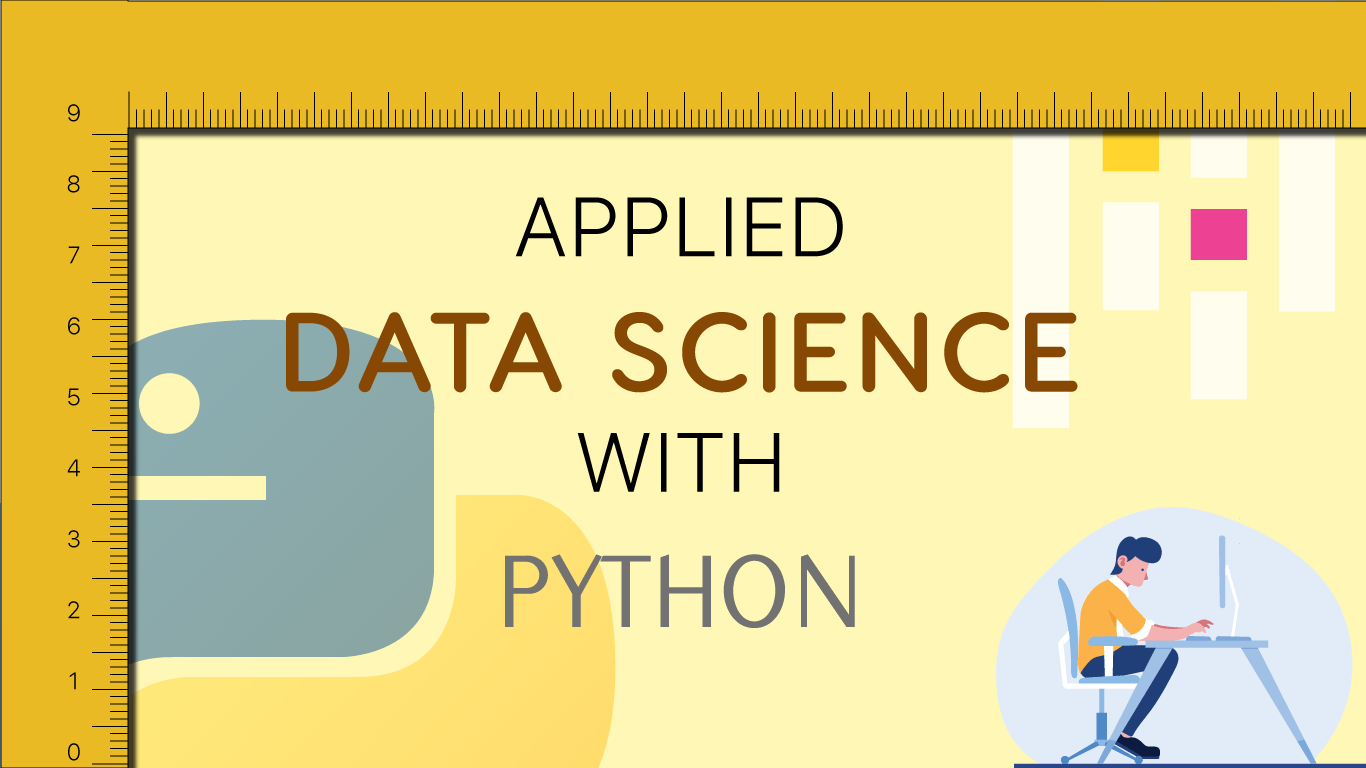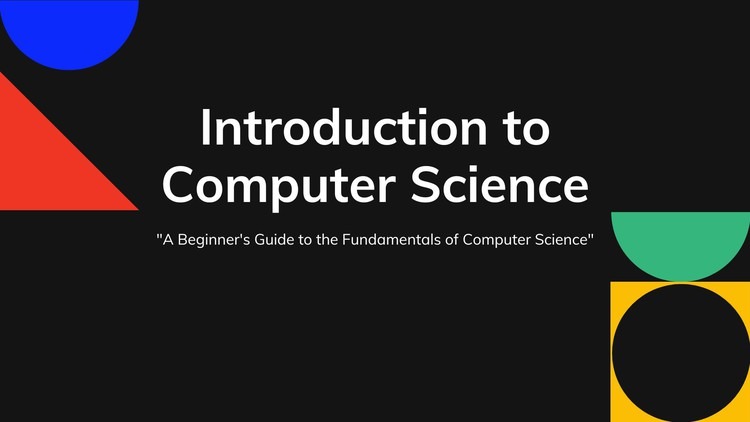Parents everywhere are using AI to give their kids a head start. Don’t let your child fall behind.
Parenting in 2025 doesn’t look like it used to. Kids aren’t just learning from books or classrooms anymore. They’re often learning from screens, smart tools, and AI apps before parents even realize it.
And while that might sound overwhelming, it doesn’t have to be. The idea of parents needing to understand AI might have seemed laughable in the past, but today, it’s more possible than ever.
AI is now accessible to everyone, and you don’t need to be a tech expert to make it work for you and your child. All it takes is a browser and a little curiosity. This blog will guide you through:
- What is AI in simple terms
- 12 of the best free AIs you can start using today
- Quick bonus websites every parent will love
- Why these tools work best when blended with real learning, like in microschools
Chalo Seekhe (Let’s learn!)
What is AI, and why should parents care?
AI, or Artificial Intelligence, may sound scary and technical, but it’s actually quite simple. At its core, AI refers to computer programs that can answer questions, solve problems, write stories, and make suggestions, just like a human would.
AI can help you:
- Explain the schoolwork your child is stuck on
- Create bedtime stories
- Translate assignments
- Build a weekly learning schedule
Think of AI as a tool in your learning toolbox. It doesn’t replace teachers, parents, or real-life experiences. It just makes things easier to manage.
At ApniPathshala, we’ve witnessed how students use AI in microschool settings to brainstorm, explore new ideas, and stay curious. We encourage parents to do the same, to not only keep up with their children but to stay one step ahead. As a community of microschools, we don’t just focus on helping students grow; we also guide parents in embracing AI tools to enhance their own learning journey. Let’s explore the AIs that can help both you and your child stay ahead.
12 Most Useful AIs for Parents in 2025
These tools are easy to use and practical. Most only require a few clicks, making them perfect for everyday learning.
Try a few, see what works for your child, and keep it simple. You’ll be surprised how quickly they become part of your routine.
1. ChatGPT
What it is: A conversation-based AI that explains concepts, answers questions, and helps create content.
How to use: Go to chat.openai.com, sign up for free, and start chatting. Try questions like “Explain volcanoes for a 12-year-old.”
2. Perplexity AI
What it is: A search tool that gives clear answers with trusted sources.
How to use: Visit perplexity.ai, type your question, and explore short, fact-checked answers.
3. Grammarly, Wordtune & Quillbot
What it is: Tools that help improve writing, grammar, and clarity.
How to use: Copy your child’s schoolwork into these tools and follow suggestions.
4. Google NotebookLM
What it is: AI that converts long notes or PDFs into summaries and quizzes.
How to use: Visit notebooklm.google.com, upload documents, and get simplified versions for study.
5. Napkin.ai
What it is: Simplifies large articles and notes into quick summaries.
How to use: Paste text into napkin.ai and get key points instantly.
6. Gamma.app
What it is: Makes presentations from basic ideas perfect for school projects.
How to use: Visit gamma.app, sign in, and type a topic like “Photosynthesis.”
7. iAsk.ai
What it is: A question-answering AI that pulls real-time web results.
How to use: Go to iask.ai, ask anything, and get answers with links.
8. Excalidraw
What it is: A digital whiteboard for planning, sketching, or learning visually.
How to use: Visit excalidraw.com and start drawing. Great for explaining concepts or brainstorming together.
9. LearnKit.io
What it is: Creates study sessions and quizzes tailored to your child’s level.
How to use: Go to learnkit.io, sign up, and pick a topic. The AI will guide practice steps.
10. Curipod
What it is: Turns simple ideas into interactive lessons.
How to use: Visit curipod.com, enter a topic, and the AI will create an engaging slideshow for it.
11. MagicSchool.ai
What it is: Offers a collection of education tools like story generators, quiz makers, and explainers.
How to use: Go to magicschool.ai and choose a tool that matches what you need.
12. Humata.ai
What it is: Let’s you upload documents (like textbooks) and ask questions about them.
How to use: Visit humata.ai, upload your file, and ask what you want to know.
Bonus Tools for Parents
These quick websites can help you stay organized, creative, or just save time:
- Promodo: Focus timer
- TLDR This: Summarize any webpage
- Mindgrasp: Turn notes into study guides
- Glean: Track and organize what your child is learning
- QuickTools by Picsart: Make visuals for learning
- Reclaim AI: Organize your family’s schedule

How Microschools Use AI Without Losing the Human Touch
At ApniPathshala, AI is used to support learning, not to replace it. Children explore new ideas with AI tools, then build understanding through discussion and real-world practice.
This balance is what makes microschools powerful. Technology adds flexibility and creativity. But it’s the teachers, parents, and peers who shape how kids think and grow.
Conclusion
AI might seem complicated at first, but it’s actually easier than it looks. You don’t need any special skills or tech background to get started. Most tools work just like a chat box or a search bar simple, familiar, and ready to help.
These tools can support you in explaining tricky topics, guiding homework, or making learning more fun and creative at home. They don’t replace real conversations or curiosity — they enhance them. That’s exactly what we see in our microschools every day, where AI works alongside peer learning, storytelling, and exploration.
If you’re not sure where to begin, just pick one tool and try it out with your child. You might be surprised how naturally it fits into your daily routine.
Which AI did you try first? Share your experience in the comments!Curious about helping your child become a confident, self-driven learner? Read our guide on Mastering Self-Learning in 2025.
Want to see how children thrive without traditional classrooms? Explore this post.
Ready to dive deeper? Explore more blogs from ApniPathshala.

